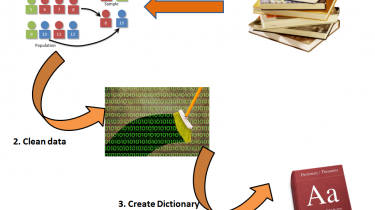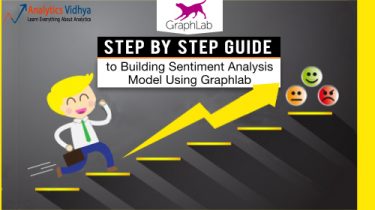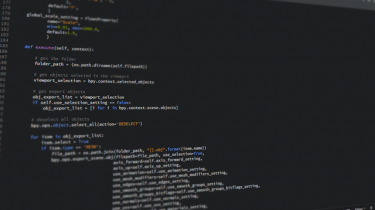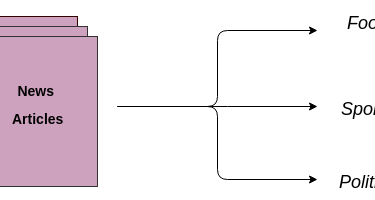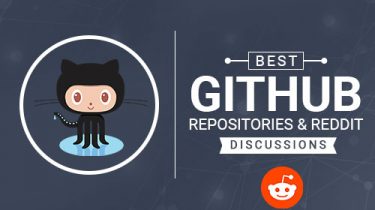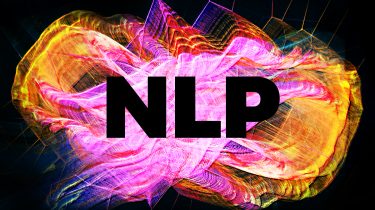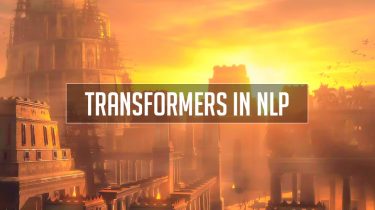A Microsoft custom data type for efficient inference
AI is taking on an increasingly important role in many Microsoft products, such as Bing and Office 365. In some cases, it’s being used to power outward-facing features like semantic search in Microsoft Word or intelligent answers in Bing, and deep neural networks (DNNs) are one key to powering these features. One aspect of DNNs is inference—once these networks are trained, they use inference to make judgments about unknown information based on prior learning. In Bing, for example, DNN inference […]
Read more